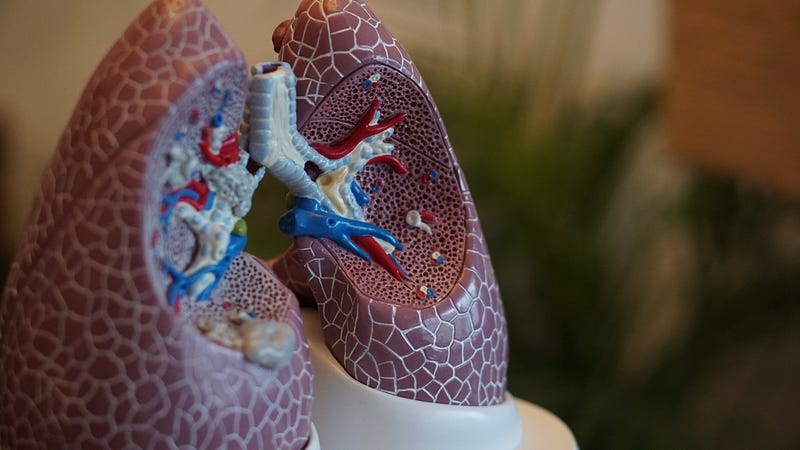# Innovative Nanoparticle Gene Editing for Cystic Fibrosis Treatment
Written on
Chapter 1: Understanding Cystic Fibrosis
Cystic fibrosis (CF) is a serious genetic disorder caused by mutations in the CF transmembrane conductance regulator (CFTR) gene. This gene plays a crucial role in regulating the balance of ions and water in our cells. When it is mutated, it disrupts this balance, leading to abnormally thick mucus in various organs, particularly the lungs and digestive system.
Recent developments have introduced a potential vaccine for CF in mice, highlighting ongoing research efforts to combat this condition. While there is currently no cure, advancements in screening and treatment options have significantly improved life expectancy for individuals diagnosed with cystic fibrosis. Estimates suggest that about half of those born between 2015 and 2019 can now expect to live into their mid-40s, although this is still considered too young.
To tackle the underlying genetic issues, scientists are focusing on the mutations within the CFTR gene. The challenge lies in the fact that nearly 2,000 mutations are associated with cystic fibrosis. However, approximately 70% of patients carry the F508del mutation, making it a prime target for initial therapeutic strategies.
Section 1.1: Novel Approaches to Gene Editing
To address the F508del mutation effectively, researchers have explored innovative gene-editing techniques beyond traditional CRISPR. The CRISPR system, although powerful, faces challenges with delivery efficiency and potential off-target effects due to its large size and cutting mechanism.
In a recent study, scientists introduced a new gene-editing solution: PNA (peptide nucleic acid) nanoparticles. These nanoparticles serve as biocompatible carriers for synthetic DNA mimics known as PNAs. Once the PNAs bind to their target site within the DNA, they activate the cell’s intrinsic DNA repair mechanisms. This method presents two significant advantages over conventional CRISPR systems: the PNAs are smaller and do not cut DNA, thus reducing the likelihood of unintended genetic modifications.

Section 1.2: Experimental Results and Insights
In laboratory settings, this innovative method achieved a correction in approximately 30% of cells with minimal unintended consequences. However, translating these results into real-world scenarios is more complex. The treated mice exhibited significant variability in gene correction outcomes.
Nevertheless, those that showed a positive response demonstrated enhanced CFTR function without any observed toxic effects or off-target edits. The researchers concluded that systemic gene editing is feasible, and the intravenous delivery of PNA nanoparticles offers a promising strategy for addressing CF-related mutations across multiple organs.
Chapter 2: Future Directions in CF Research
Despite these encouraging findings, further research is necessary to enhance the efficiency of this gene-editing technique. Currently, only up to 2% of cells in targeted tissues are edited. Achieving even a 20% correction could potentially restore normal function. Additionally, the researchers observed a decline in treatment effectiveness over time, indicating the need for either repeated treatments or a focus on targeting stem cells.
The first video, CF Foundation | Gene Editing in Cystic Fibrosis, provides an in-depth look at the implications of gene editing technologies in treating cystic fibrosis.
The second video, CF Foundation | Research Overview: Genetic Therapies in Cystic Fibrosis, explores the current landscape of genetic therapies aimed at improving outcomes for CF patients.
In conclusion, while the application of PNA nanoparticles for gene editing presents a promising avenue for cystic fibrosis treatment, ongoing research is essential to refine these methods and potentially offer a viable solution for those affected by this challenging condition.